The lithium battery model represents the external size of the lithium battery, for example, the first two 18 of 18650 lithium battery means the diameter of the lithium battery is 18mm, 65 means the length of the battery is 65mm, 0 means this battery is columnar. The more common lithium batteries used in torches are 18650, 21700 and 26650, in addition to these three common models there are 26800, 18350, 26350, 14500, 16340 and other models. Try to buy torches that use 21700 and 18650 lithium batteries. Other models of lithium batteries are also sold but are rarely produced by major manufacturers and are of varying quality.
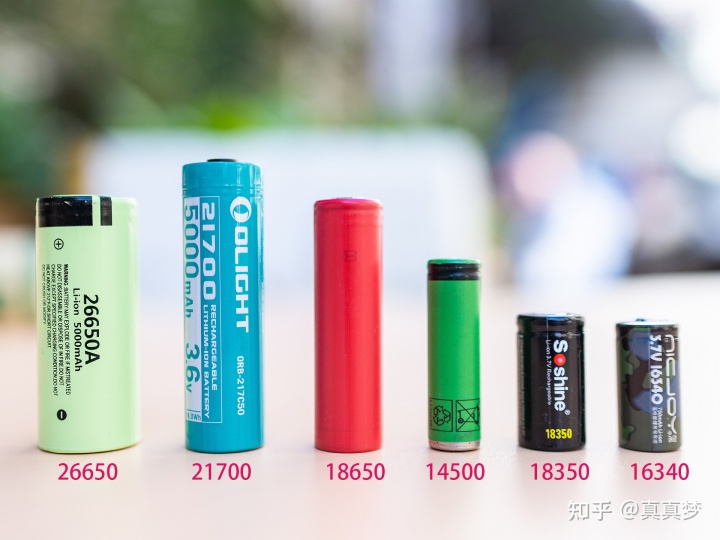
Voltage
The rated voltage of these lithium batteries is generally 3.7V, there are a few 3.6V, when fully charged the voltage can reach 4.2V, when discharging the voltage will continue to reduce until put to 2.5V completely dead, generally 2.8V as the discharge cut-off voltage. The voltage of cylindrical lithium batteries for torches is generally common, so there is no need to pay attention to voltage parameters.
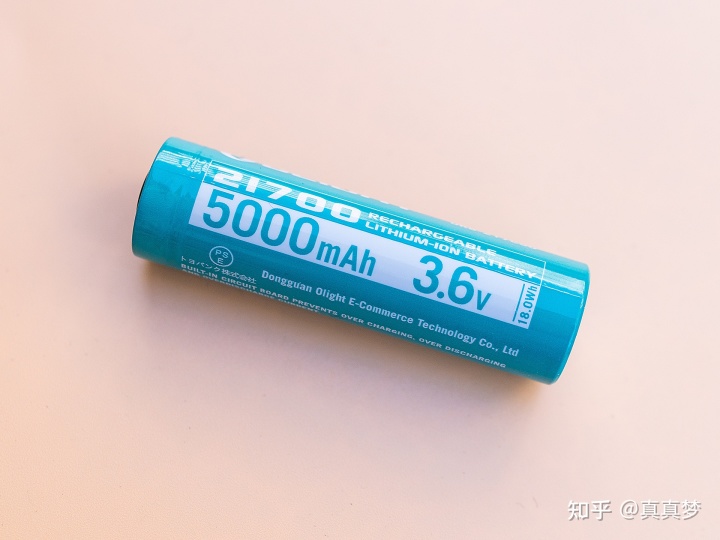
Capacity
Capacity is one of the most important indicators of lithium batteries, the higher the capacity of the same type of lithium battery, the longer the range. The highest capacity 18650 lithium battery you can buy is Sanyo Big Red Robe, the capacity can reach 3500mAH (3600 but can not buy), higher than this value are false label; 21700 lithium battery capacity can reach 5000mAH, 26650 is currently the highest capacity of 5500mAH. some manufacturers will print the capacity and other parameters on the battery skin, but most of the battery is not printed on any parameters. Most batteries do not have any parameters printed on them, at most they have a model number printed on them. The only way to get the true capacity of a battery is to measure it yourself. Another point to note is that the actual capacity of the battery is related to the current, internal resistance and the environment, the manufacturer's nominal capacity value is measured by 0.2C small current discharge (for example, 3500mAH battery with 0.7A discharge test), the usual use is generally not up to the nominal capacity.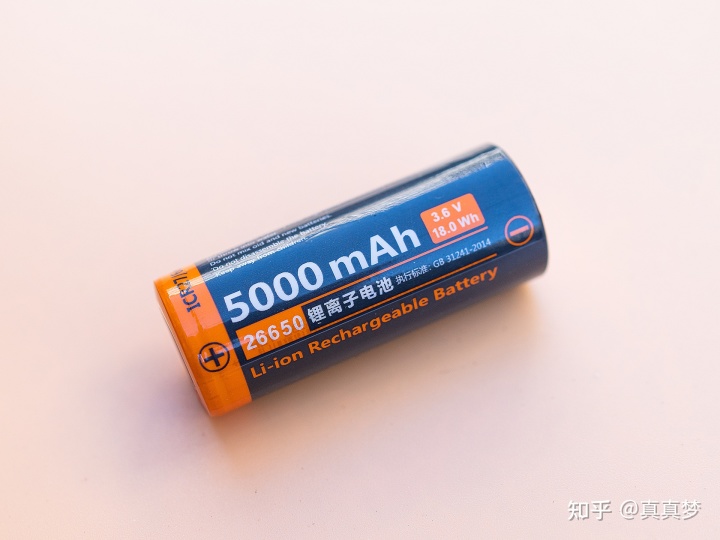
Discharge current and multiplier
lithium battery discharge current and multiplier is also one of the important indicators to determine whether the battery is suitable for your torch, when buying a battery should first look at the discharge capacity to meet the requirements, and then to consider the capacity. Discharge current is divided into continuous discharge and peak discharge. Continuous discharge means that the battery can be discharged at that current for a long time under standard conditions, while peak current is the current that the battery can withstand occasionally, for a moment, and cannot be discharged at peak current for a long time.
In addition to the discharge current, some battery parameter tables are marked with a discharge multiplier, for example 5C, 10C means 5 times, 10 times. Discharge multiplier C number = battery capacity / 1000, for example, 3000mAH lithium battery, 5C is equal to 5 * (3000/1000) = 15A discharge current, 10C is 10 * (3000/1000) = 30A discharge current. Many people like to remove 18650 batteries from rechargeable batteries and laptops to use, it is not recommended to do so, these batteries are generally capacity type, unless you can measure the discharge performance of these batteries yourself.
About internal resistance
Internal resistance is the most important indicator of lithium batteries, which determines the overall performance of lithium batteries. The internal resistance can be seen as the resistance of the battery itself, and the driver board and lamp beads in series in the circuit. As we all know the formula for power is P=I²R, the greater the value of resistance R, the more energy the battery itself loses, this loss is consumed in the form of the battery's own heat. The only way to get an accurate internal resistance value is to use an internal resistance tester such as the YR1030, or refer to the manufacturer's published battery data sheet.
The lower the internal resistance of a Li-ion battery, the lower its own losses and the better its discharge performance. For 18650 batteries, those with internal resistance below 14 are generally high performance and high rate batteries, and those with several tens of milliohms are generally capacity batteries, and with such a large size, capacity and performance cannot be combined, so when purchasing, you must first look at the discharge capacity. If you use a high internal resistance battery with high current discharge, the power consumed by the battery itself will rise sharply by the formula P=I²R, and the battery will heat up quickly, and the discharge performance of many batteries will be greatly affected by the temperature, which will seriously affect the life of the battery and will even be dangerous if discharged for a long time.
Many electric cars actually use our column lithium batteries first in parallel and then in series, whether in series or parallel require the capacity and internal resistance of each battery in order to form a group, if you use a torch using multiple batteries, whether in series or parallel, but also to use the same batch of batteries (internal resistance and capacity to be the same), to avoid individual batteries to drag the legs of the whole group of batteries. The vast majority of these lithium battery manufacturers are not in the retail business, in fact, most of the so-called brand new batteries we buy are actually defective and inferior products that flow out of the manufacturers after screening, but the good thing is that the requirements of torches are not as high as car batteries, so it doesn't matter.
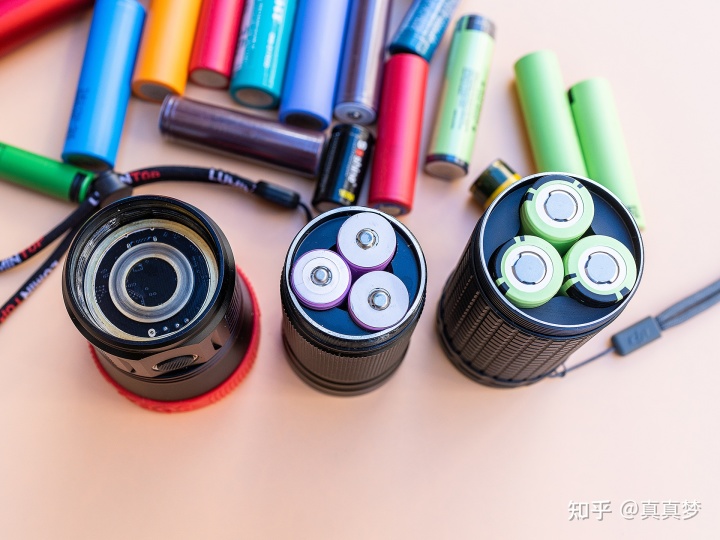
For example, the internal resistance is different between 3.2V and 4.2V. The higher the voltage, the lower the internal resistance.
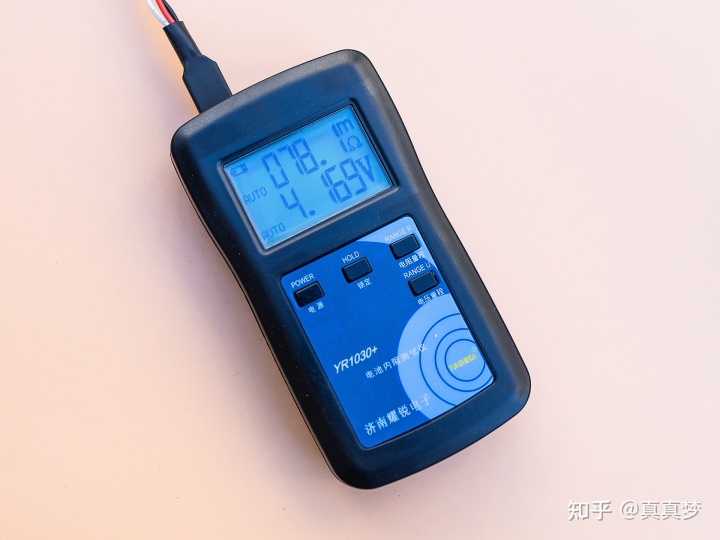
About tips and flats
When buying these cylindrical batteries, you should be aware that there are pointed and flat-tipped ones, as shown in the picture, the pointed one means that the positive terminal of the lithium battery is protruding. The first way to tell is to ask the merchant, or to unscrew the head of the torch and see for yourself. Generally speaking, if the positive electrode of the torch is a spring, then this torch tip, flat head battery can be used, of course, there are a few torches in order to slim down only support flat head battery; if the positive electrode of the torch is not a spring, flat head battery may not be able to contact with the positive electrode, this torch can not use flat head battery, and flat head battery also ooh ah series use. Some friends may want to buy small magnets to suck on the positive pole to make the flat head into a pointed battery, small power torches can do so, high-powered then the magnet will increase the internal resistance, the impact is larger.


 Home
Home CSIP
CSIP  Jan 09,2023
Jan 09,2023 
 The advantages and disadvantages of lithium batteries
The advantages and disadvantages of lithium batteries 
 Dec 24,2022
Dec 24,2022 







